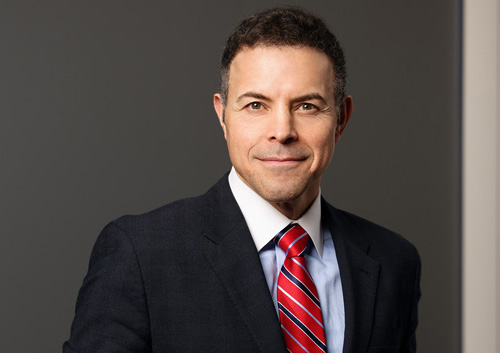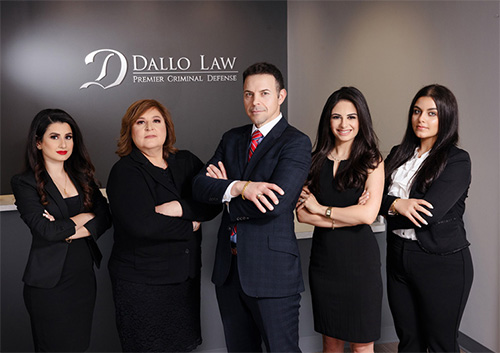Driving is an incredibly complicated undertaking. It depends on the driver’s ability to multitask and ignore distractions while also requiring them to have excellent hand-eye coordination and the ability to quickly correct mistakes. Not only does the driver have to worry about mistakes they might make, but they also have to consider every other driver on the road, the road conditions, pedestrians, the weather, and other potential hazards.
Hydroplaning or Skidding Out of Control
Tires need friction with the road. When they lose that friction, cars can slide. This happens often when drivers take turns at high rates of speed. It also happens in very wet or icy road conditions. This can result in hydroplaning. Driving at a slower than usual speed in wet conditions helps avoid hydroplaning. It’s also important to check your tires regularly: Properly maintained tires are less likely to hydroplane.
Tire Blowout
Most tire blowouts are caused by tires with low air pressure, but they can also happen in over-inflated tires. It’s important to make sure that your tires are always correctly inflated. However, blowouts can also happen if the tire drives over road debris. Always slow down and attempt to change lanes to avoid debris. If a tire bursts, focus on steering the car and getting over to the side of the road as quickly as possible.
Car Lands in Water
Always drive at a safe speed for the current condition of the road when near water. Proceed with extreme caution when driving on a road that could potentially flood. If the road begins to flood, get all passengers out of the car and leave the car behind to find high ground.
Toddler Climbs Out of Car Seat or Starts Fussing
Fussy children are a distraction for the driver. Some toddlers have even been known to escape their car seats and begin moving around the vehicle. A properly fitting and buckled car seat should make this impossible. Also, make sure children know that they must stay in their seats while in the car.
Car Slams Into You
Another driver running a red light, looking down at a screen, or changing lanes without checking can result in an accident that wasn’t your fault. These scenarios are why defensive driving is so important. Drivers must pay attention to what every other driver is doing around them. It’s also vital to keep a three-second space between you and the car in front of you. That three seconds is usually enough time to brake and avoid an accident.
Fog Clouds Your View
Sometimes, fog is so heavy that it’s almost impossible to see the lights on other cars or even traffic lights. If at all possible, avoid driving in heavy fog. If fog descends while driving, slow down. Stay in one lane, and be very patient. Don’t stop on the road: Other drivers also struggle to see in the fog and won’t be expecting a stopped vehicle.
Bicyclists
Cyclists are endangered by cars. Make sure to watch for cyclists. By law, it’s required to share the road with them. Not all cyclists are good neighbors, though, and some ride much too close to cars on the road. Keep a safe distance from any bikers.
Small Animals
Stray pets and wildlife find their way onto roadways all the time. It’s important to watch for them, especially when driving through residential areas or natural areas where wildlife might dart out of. It’s natural to try to avoid them, but drivers shouldn’t endanger human lives to do so.
Pedestrians
Drivers should also watch for pedestrians. Never assume that they will stay in crosswalks or only cross at the appointed time. Jaywalking happens constantly, and those jaywalking are more likely to be hit. Be especially aware when driving through areas with lots of pedestrian activity.
Construction Zones
Drivers need to ensure that they don’t endanger workers in construction zones. However, construction zones are also a danger to cars and drivers. For the safety of everyone, drive very slowly and watch carefully when driving through a construction zone.
Potholes
Potholes can cause tire blowouts, but drivers suddenly swerving to get around a pothole they just noticed can cause accidents. It’s safer to slow down as much as possible as soon as the pothole is spotted. Only move into another lane if it’s safe to do so.
Large Trucks
No one wants to hit a tractor-trailer. When driving near one, make sure to stay out of the truck driver’s blind spots. Never tailgate a truck: Remember, large trucks and buses need more time to brake and more time to accelerate than the average car.
Nearby Children
Children are impulsive. They will run into the street to chase a ball or a friend without thinking about it. Always slow down in residential areas and around schools and parks. Keep any children in the area in sight, and be prepared to act quickly if they enter the roadway.
Glare
There are two types of glare drivers should be aware of. One is caused by the sun and usually happens during sunrise (for drivers going east) or sunset (for drivers going west). The other type is caused by the headlights of other cars. Once, this was only caused by high beams, but new headlights can cause glare at all times. During either type of glare, look down at the road as much as possible. Also, drivers should regularly get their eyes checked. It’s also important to keep the windshield clean and streak-free.
Road Safety Tips for Younger Children
Kids should be taught basic road safety rules and the best practices when it comes to crossing roads at a young age. Every year, kids are hurt, or worse, because they didn’t have the information they needed to make better choices.
Know Your Safety Signals
All kids should learn to read road signs and be able to interpret them correctly.
- Stop
- Yield
- No Entry
- Pedestrians Prohibited
- No Horns
- No Parking
- No Stopping or Standing
- Speed Limit
- Left-Hand Curve
- Right-Hand Curve
- Left Hairpin Bend
- Right Hairpin Bend
- Narrow Road Ahead
- Pedestrian Crossing
- School Zone Ahead
- Roundabout
- Dangerous Dip
- Divided Highway Ahead
Be Careful While Crossing Roads
All children should know how to safely cross the road. First, they should know that it’s always safer to cross at a crosswalk. They should also know to look both ways, to let all cars pass before they start walking, that they should never cross between cars, and that it’s better to cross away from curves or hills so that they can more easily see any oncoming vehicles.
Always Pay Attention and Listen to Warnings
While crossing the road, children should know that they need to still be looking both ways and using their ears to listen for oncoming cars. They especially need to know to listen for sirens and to understand that emergency vehicles move very quickly.
Never Run on Busy Roads
Children love to run, but they need to know that running on roads is very dangerous. Cars won’t see them if they dart out unexpectedly, but even if they run after looking both ways, they risk falling and being hit by a car while they are down.
Always Use Sidewalks
All pedestrians should stay on sidewalks, even when the road they are walking next to is empty. It’s much, much safer for everyone, especially children, to avoid walking on roads whenever possible.
Make Sure You Are Seen at Night
Reflective shoes and clothing help children stay safe by ensuring that they are seen at night. If that isn’t possible, kids should carry a flashlight to help drivers see them if they are walking at dusk or later.
Practice Safety in Moving Vehicles
Children should know how to stay safe on the school bus and in their parents’ cars. The basic rules are the same. Wear a seat belt in vehicles that have them. Always keep all body parts inside the vehicle. Stay in your seat. And don’t distract the driver.
Ride Bicycles Carefully
The most important rule when riding a bike is to always wear a well-fitted helmet. Basic road safety also applies to bike riding. Kids should practice looking both ways before crossing the road and try to only cross at crosswalks. They also should be taught how to operate a bike light.
Be Safe When Getting in and out of Vehicles
Kids should follow some basic rules when getting in and out of vehicles. For example, they should never chase the bus if they miss it. They should always hold onto the handrail when getting off and on the bus. And only get out of a car on the curb side of the road; don’t open the door and get out on the side facing traffic.
Never Multitask While Walking on Roads
It’s important to pay attention when walking or riding a bike. Kids should never play with their phones or handheld games when walking. Distraction can lead to injury.
Use the Pedestrian Crossing
It’s always safest to cross at a crosswalk. Children learn by example, so parents and other adults should make a point of using crosswalks whenever available, even if they have to go a little out of the way to do so.
Additional Reading for Safe Driving
- Learn the Facts About Distracted Driving
- United States Road Symbol Signs
- Safety Tips for Driving in the Rain
- Driving in Severe Weather
- Traffic Crime Attorney
- What Should You Keep in the Car?
Find more resources on:
Sex crime attorney representation
OWI defense law
Drug crime defense law
Criminal defense law
Gun crime attorney representation
Theft crime lawyer representation
Domestic violence defense
This page was last updated by Jalal J. Dallo










